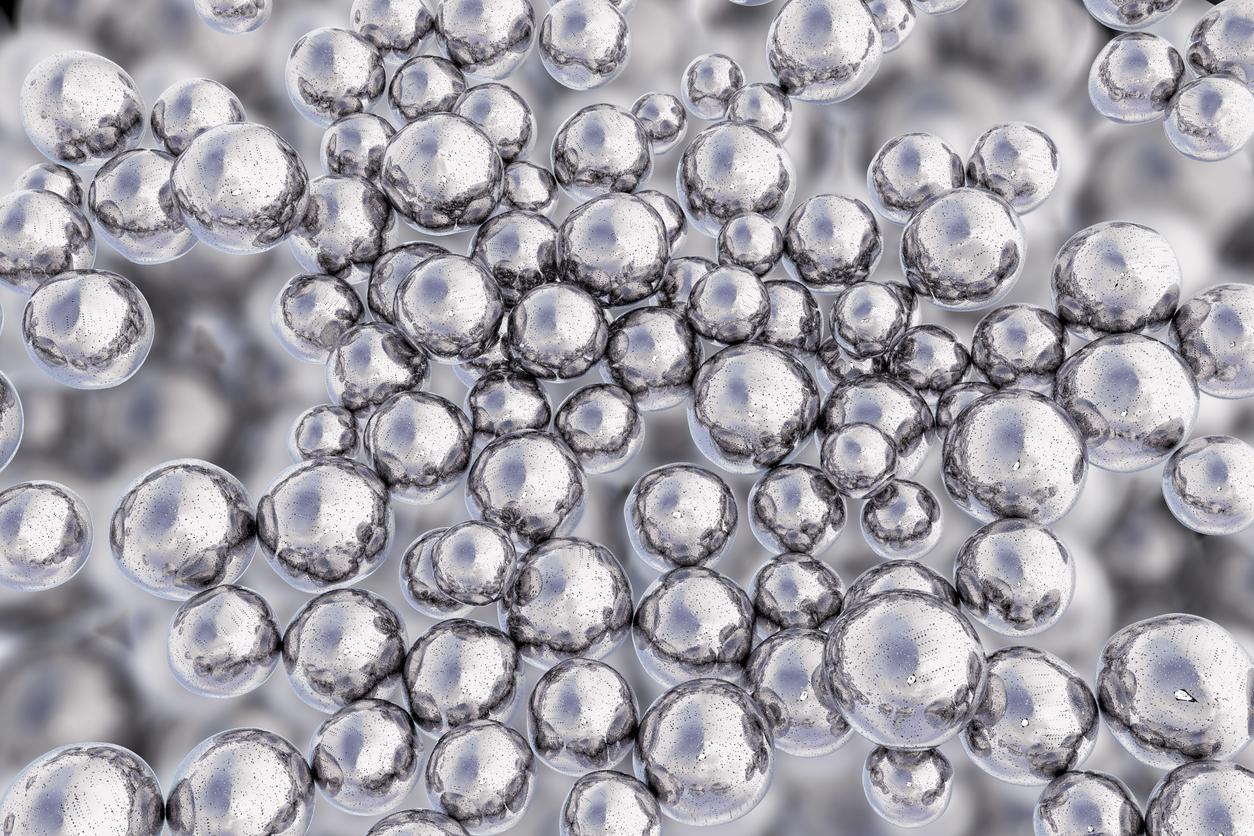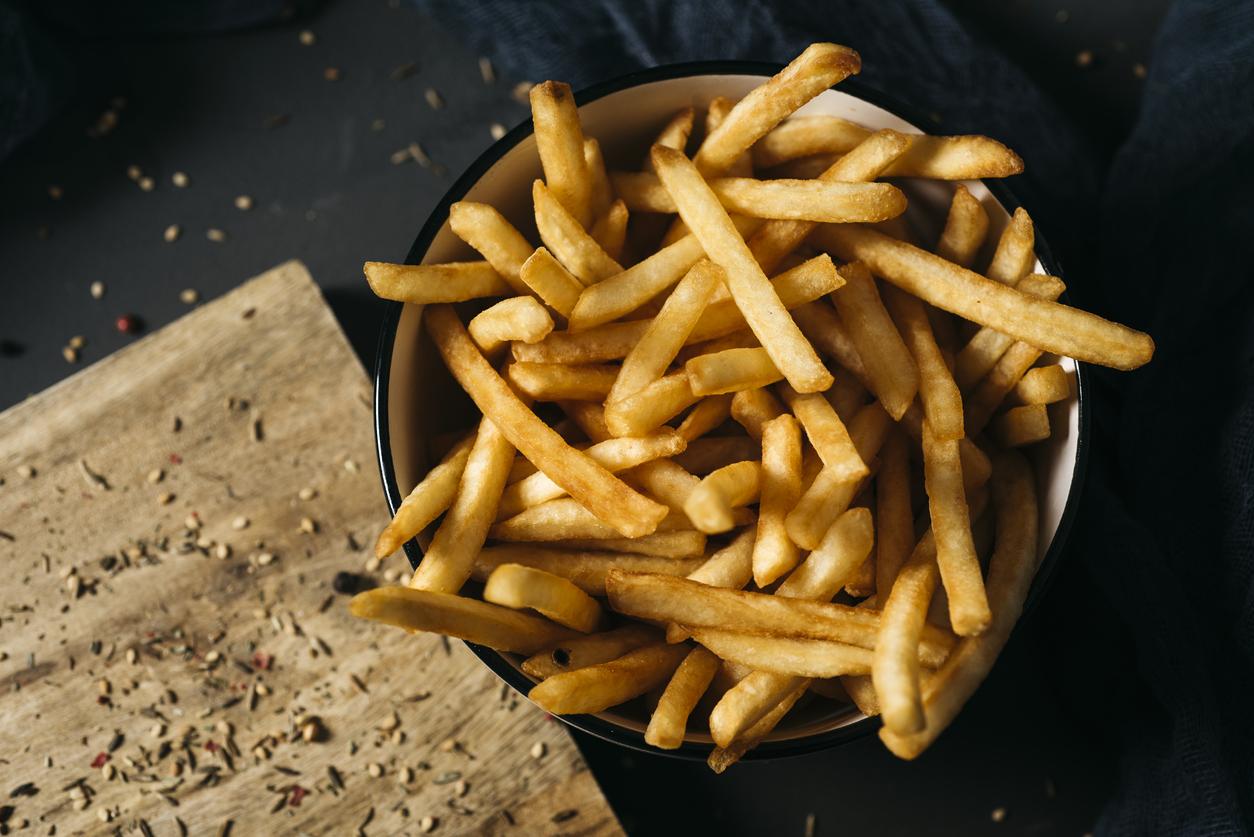A study published Thursday, December 15, 2022 revealed the presence of many nanoparticles in several everyday objects, while some are prohibited. These substances could pose health and environmental risks.

- These nanoparticles, which are very present around us, whether naturally or in consumer products, are “very popular with manufacturers”, underlines Avicenn.
- They make it possible to modify the color, texture, taste or smell of a product. For example, titanium dioxide nanoparticles are used in particular as a “white dye for cosmetics”, specifies Mathilde Detcheverry.
- “Silver ones have antibacterial and anti-odor properties, and silica ones can serve as an anti-caking agent in food.”
The Association for monitoring and civic information on the challenges of nanosciences and nanotechnologies (Avicenn) tested 23 consumer products. According to the results of their study, conducted at a French laboratory and published this Thursday, December 15, 20 of them show traces of nanoparticles. Among them, we find toothbrushes, lip balm, face powder, hair spray, FFP2 mask, infant milk…
Face powder, toothbrush… some products are worrying
“Certain products are of particular interest to us”underlines Mathilde Detcheverry, general delegate of Avicenn, whose remarks were relayed by the newspaper The cross. In the viewfinder: a face powder from the L’Oréal brand, which contains a very “high level of titanium dioxide nanoparticles”. Titanium dioxide is banned from the food sector in the countries of the European Union, for risk of genotoxicity and carcinogenicity. Same concern about a Signal toothbrush for children, where a high concentration of silver nanoparticles was found. Other everyday products have also shown a strong presence of these microscopic substances, such as a children’s make-up palette, a dehydrated soup, or even menstrual panties.
Despite the presence of these nanoparticles, the labeling of these products does not refer to them. However, a European regulation of 2013 makes it mandatory to mention “nano” on the labeling of cosmetics and food products that contain it. A “fiasco” for the association, according to whom “the majority of products in which we have detected nanos are covered by (this) European obligation”.
Nanoparticles: what risks for health and the environment?
These nanoparticles are not without risk to health and the environment. “Risks of cancer” or serious effects on “fertility”, on “the nervous system”, but also of degradation of “aquatic fauna”, have already been highlighted by several studies, according to Mathilde Detcheverry. However, the actual effects are still uncertain, due to a “lack of industrial and scientific data”recognizes the Avicenn, which calls for more research on this subject.
But we must not panic for all that, reminds Mathilde Detcheverry, who explains that there is “There is no acute risk in consuming these products in the short term. The concerns relate only to cumulative and long-term exposure.” Pending a reaction from the industry and the public authorities, Avicenn calls for the labeling obligation to be extended to the sectors not concerned and to strengthen the measures to better control the presence of these nanoparticles in consumer products.

















